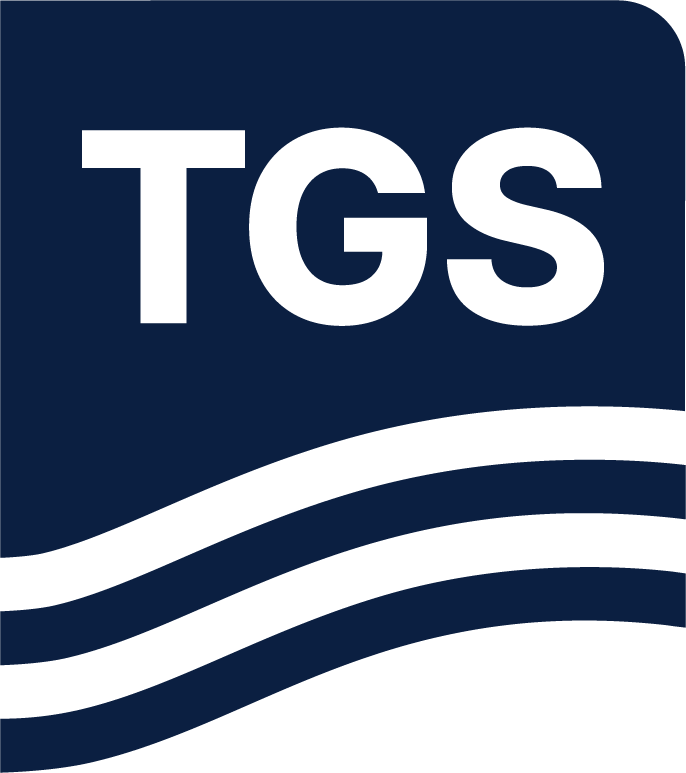Paper Summary
Machine Learning (ML) is transforming 3D ultra-high-resolution seismic (UHRS) data processing,
offering faster, consistent, and high-quality results. This study highlights ML applications in denoising, deghosting, and velocity model building. Tools like RIDNet and Fourier Neural Operator (FNO) deliver efficiency and accuracy by leveraging supervised learning on high-quality training datasets. RIDNet excels in tasks such as deghosting, significantly reducing computational demands compared to traditional inversion methods. Meanwhile, FNO generates high-resolution velocity models with geological conformity, providing an efficient alternative to Full Waveform Inversion (FWI). A proof-of-concept demonstrated ML’s ability to integrate multiple processing steps—such as deghosting, denoising, and demultiple into a single operation, paving the way for near-real-time 3D fast-track workflows. However, challenges persist, including the need for proprietary training data for UHRS-specific scenarios. Synthetic datasets offer a promising solution, particularly for velocity models, though validation for other processing steps is needed. ML’s efficiency in handling UHRS’s ultra-high-frequency content, combined with its potential to rethink traditional workflows, positions it as a critical tool for future geophysical applications. By addressing processing challenges and accelerating timelines, ML enables scalable solutions for increasingly complex and larger 3D UHRS datasets.

